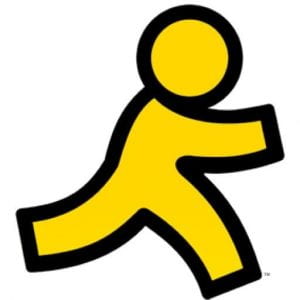If you live in Ohio and are currently located in the Columbus area, you may know the struggle of getting a COVID vaccine. Just look at the map below to see how the distribution of appointment unavailability is concentrated in Columbus. Compared to other large population centers in Ohio, Columbus is by far experiencing the most shortages. Even with places like the Schottenstein center having delivered over 79,000 vaccines, the demand for vaccination in the Columbus area is higher than the supply.
But why is this? As discussed in Week 12, the pandemic has caused an increase in coalitions and relational literacies in regards to health on this specific issue. We in Columbus, especially those who attend OSU, are lucky to have a close relationship to health information via the Wexner Medical Center. They provide so much information on health and wellness, and many students and alum value their writing greatly.
With the integration of health information so strong in the Columbus community, it seems to me there has been an even greater response to vaccination. Even in my personal communities, everyone I know is actively trying to book a vaccine appointment or has booked an appointment. We, as OSU students and community members, are more aware of how important getting vaccinated as quickly as possible is, and we, therefore, have a much higher demand for vaccine appointments.
This increase in availability may be more of a reflection of trying to support rural and minority communities, who are especially vulnerable to COVID-19 outbreaks. This increase in appointment availability will hopefully help these rural communities get over some of the vaccine hesitancy presents there. Unlike in Columbus, many people in rural communities may not be able or willing to take a vaccine appointment time that interferes with their work or life schedule. There will also need to be a bigger push of public health writing and rhetoric to decrease vaccine hesitancy, and it will need to target the specific fears and hangups each community has.
Unfortunately, this lack of appointments means people like me, a 22-year-old college student, have a much harder time accessing vaccines. We want to be able to celebrate our graduations safely, but this means we need to be vaccinated within the next week if it’s not already too late. But fortunately, social media has helped many people access the vaccine in an alternative way. While you shouldn’t be posting your vaccine card, posting about getting a vaccine is a way of sharing support for a public health issue. It also makes others aware of how they can get vaccinated. I personally found access to a vaccine through social media. While it may be used to push anti-vax rhetoric, social media also has the power to get us back to normal even faster.




 Services were starting to be made available on mobile devices in the early 2000s. The news was able to reached on mobile phones at the beginning of the new millennium. “Text to” became very popular during this decade as well: “text to vote” on the hit singing show, American Idol, “text to donate”, “text to receive updates” on the presidential campaign. this was a time period where texting started become known and was being used commonly in everyday life.
Services were starting to be made available on mobile devices in the early 2000s. The news was able to reached on mobile phones at the beginning of the new millennium. “Text to” became very popular during this decade as well: “text to vote” on the hit singing show, American Idol, “text to donate”, “text to receive updates” on the presidential campaign. this was a time period where texting started become known and was being used commonly in everyday life.
